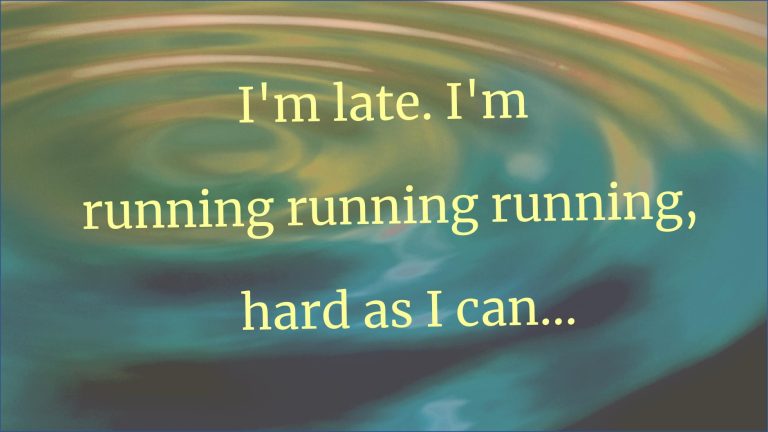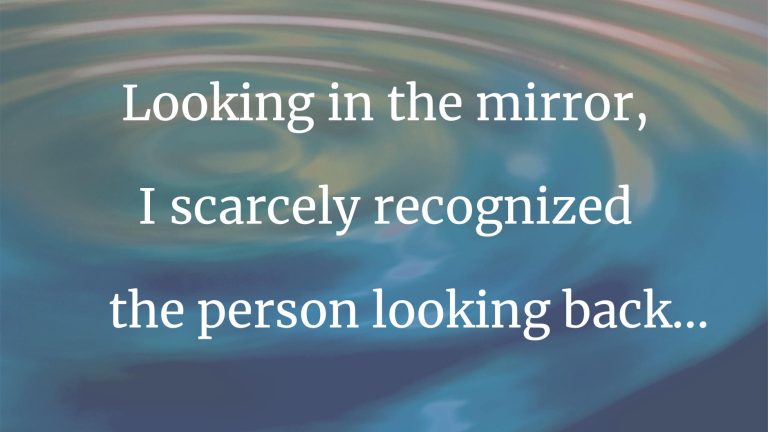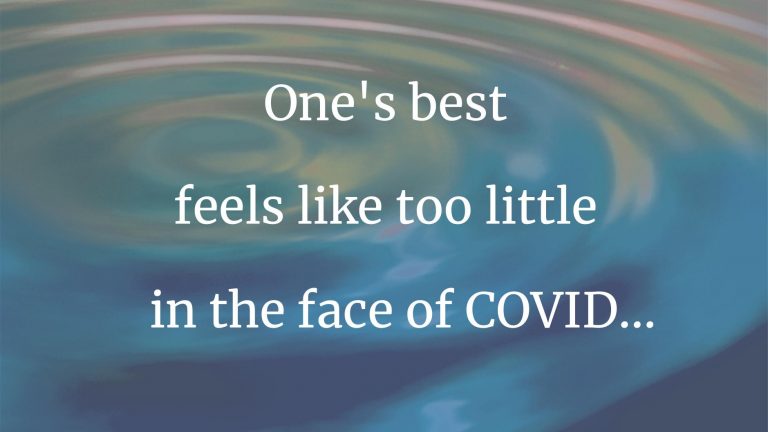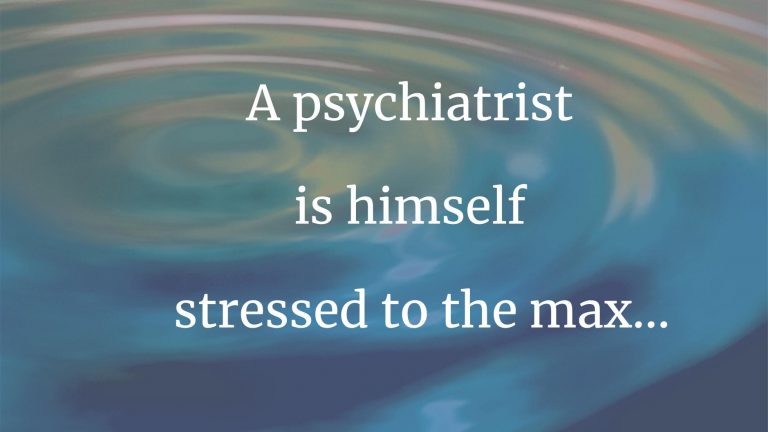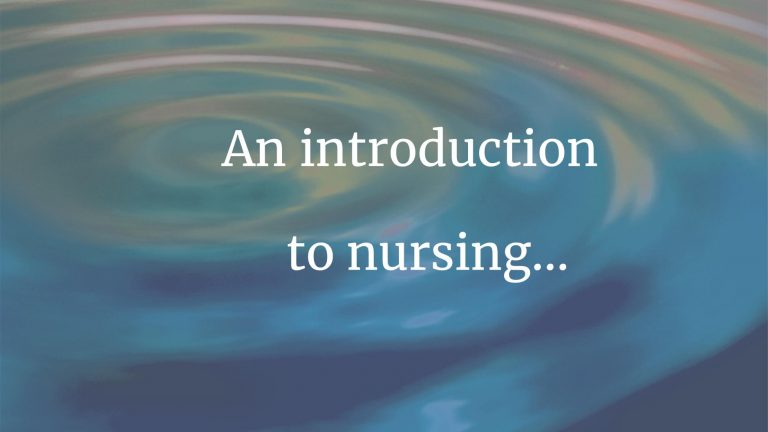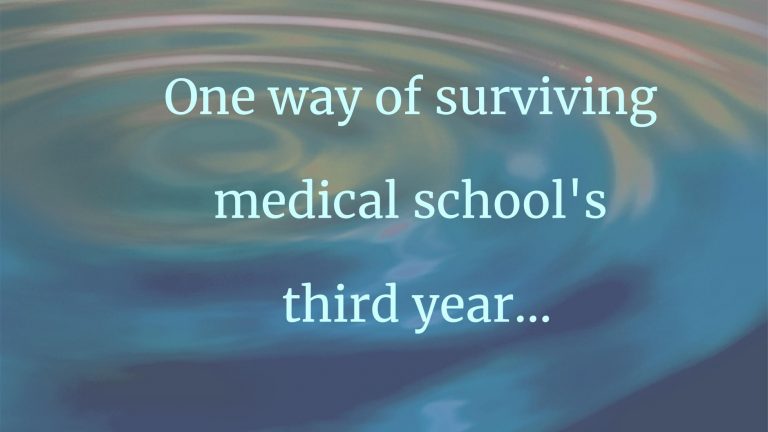
Recovering From Moral Injury
The nurse’s murmur was gentle: “Dr. Bui, Ms. Sanchez is still waiting for her Pap test.”
More than an hour earlier, I’d left Ms. Sanchez waiting in an exam room while I rushed to see the rest of the patients on my schedule. And then I’d forgotten about her.
I’d had the inevitable difficult moments in my early career as a family doctor, but this marked a new low.

